Before the rise of photography in America, artists drew stunning “balloon maps” of their cities, giving ordinary citizens a bird’s-eye view of their communities that they’d never seen before.







What 19th Century French Artists Thought The Year 2000 Would Look Like


Inside The Salacious 19th-Century Murder Of New York Courtesan Helen Jewett, America’s First Tabloid Bombshell
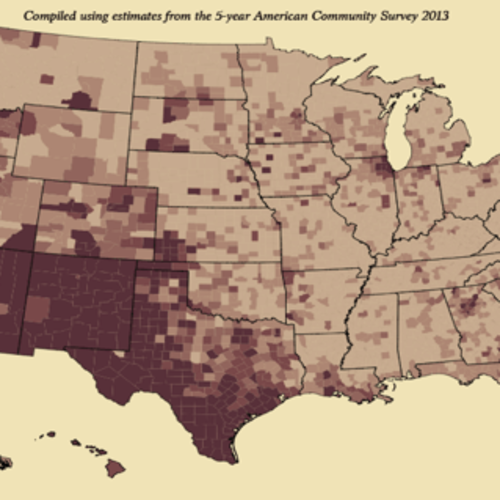
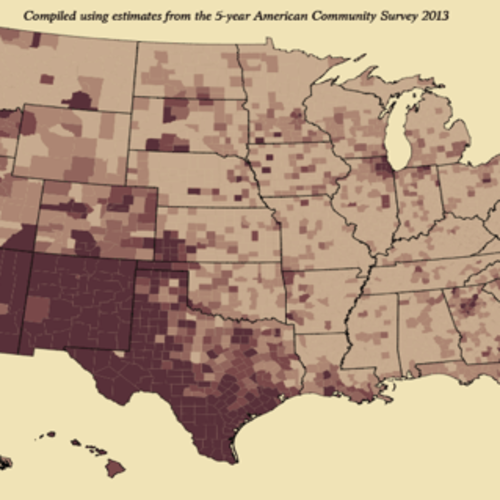
38 U.S. Census Maps That Reveal The True America
1 of 36Sandusky, Ohio. 1898.
During the late 19th and early 20th centuries, illustrated panoramic maps exploded in popularity in America.Library of Congress
2 of 36Santa Barbara, California. 1898.Library of Congress
3 of 36Savannah, Georgia. 1734.Library of Congress
4 of 36Tallahassee, Florida. 1885.
Often called “balloon maps,” these illustrations were sometimes drawn by artists in hot air balloons.Library of Congress
5 of 36Toledo, Ohio. 1876.
Library of Congress
6 of 36Manhattan and Brooklyn, New York. 1875.Library of Congress
7 of 36Washington, D.C. 1852.
Not all “balloon maps” were drawn with the help of hot air balloons. Some artists simply sought high vantage points to create their drawings.Library of Congress
8 of 36Wyandotte, Michigan. 1896.Library of Congress
9 of 36Washington D.C. Potomac River. 1880.Library of Congress
10 of 36Philadelphia, Pennsylvania. 1876.
Illustrated panoramic maps were rarely drawn to scale, but they still gave people a decent overview of their local area.Library of Congress
11 of 36Alton, New Hampshire. 1888.Library of Congress
12 of 36Billings, Montana. 1904.Library of Congress
13 of 36Boston, Massachusetts. 1899.
Real estate agents often used balloon maps to sell property to people who were interested in moving to new homes.Library of Congress
14 of 36Buckhannon, West Virginia. 1900.Library of Congress
15 of 36Delaware River. 1900.Library of Congress
16 of 36Chester, Pennsylvania. 1885.
Much like modern-day maps, these illustrations were often posted in the common areas of cities to help people get around.Library of Congress
17 of 36Boston, Massachusetts. 1905.Library of Congress
18 of 36Fitzgerald, Georgia. 1908.Library of Congress
19 of 36Grafton, West Virginia. 1898.
Illustrated panoramic maps helped give citizens a larger sense of place in their communities.Library of Congress
20 of 36Grand Rapids, Michigan. 1868.Library of Congress
21 of 36Greensboro, North Carolina. 1891.Library of Congress
22 of 36Houston, Texas. 1891.
While illustrated panoramic maps started off relatively simple, artists began to add more specific details as time went on.Library of Congress
23 of 36New York, New York. 1873.Library of Congress
24 of 36Jacksonville, Florida. 1893.Library of Congress
25 of 36Louisville, Kentucky. 1876.Library of Congress
26 of 36Los Angeles, California. 1894.
Panoramic maps not only helped local citizens navigate their cities, but also paved the way for tourists to explore as well.Library of Congress
27 of 36Nashville, Tennessee. 1897.Library of Congress
28 of 36Oakland, California. 1900.Library of Congress
29 of 36New York City, New York. 1889.
Hundreds of vintage illustrated panoramic maps are still available for viewing today, courtesy of the Library of Congress.Library of Congress
30 of 36Ogden, Utah. 1889.Library of Congress
31 of 36Salt Lake City, Utah. 1891.Library of Congress
32 of 36Raleigh, North Carolina. 1872.Library of Congress
33 of 36Reno, Nevada. 1907.Library of Congress
34 of 36New York City, New York. 1874.Library of Congress
35 of 36St. Louis, Missouri. 1904.
Many citizens used panoramic maps as symbols of pride for their cities — much like city wall posters of today.
Library of Congress
36 of 36








How Panoramic Maps Drawn By Artists In Hot Air Balloons Changed 19th-Century America
View Gallery
During the late 19th and early 20th centuries, illustrated panoramic maps became America’s favorite drawings. Showcasing cities from above at an oblique angle, these illustrations gave people a true “bird’s-eye view” of their local communities — and other places around the country.
Via hot air balloons, panoramic artists hovered above local towns and cities from various vantage points to recreate the region’s skyline. The result would be a painted map based on what the artist saw while up in the air.
Although the depictions were rarely drawn to scale, these stunning drawings served as a useful overview of the area’s geography. An archive featuring more than 1,500 illustrated panoramic maps is available online through the Library of Congress.
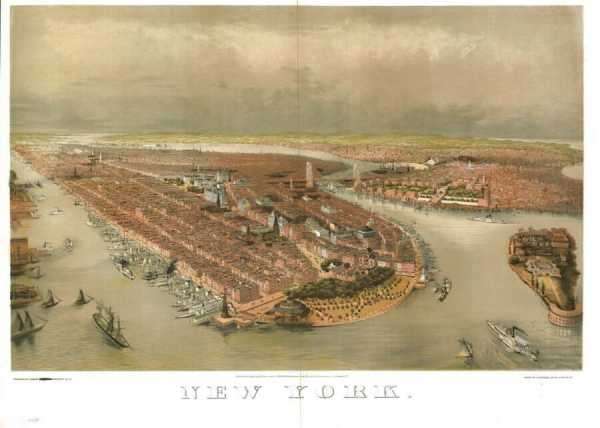
Library of CongressNew York, New York. 1874.
In addition to establishing a sense of place, illustrated panoramic maps were also helpful to real estate agents selling homes and business properties. As artists began to embellish these maps with more specific details, they were also used to sell dreams.
How Illustrated Panoramic Maps Aided Tourism
The illustrated panoramic maps of decades past are comparable to the Instagram photos of today. People often posted these pictures in common areas of their towns, helping citizens establish a sense of place.
The maps also helped with tourism in the larger cities. As a result, simple panoramic maps developed into overly embellished drawings, complete with street patterns, buildings, and other major landscape features.
Sourse: www.allthatsinteresting.com





